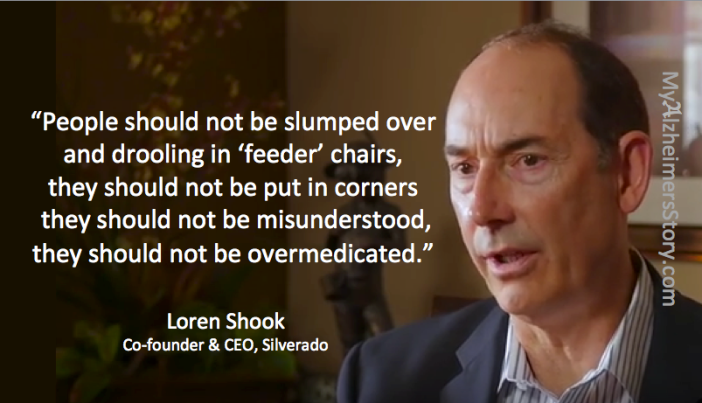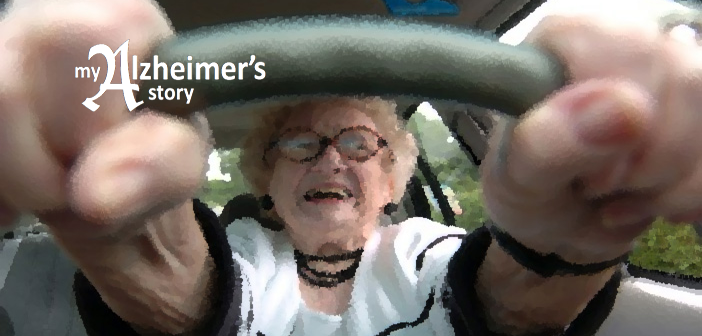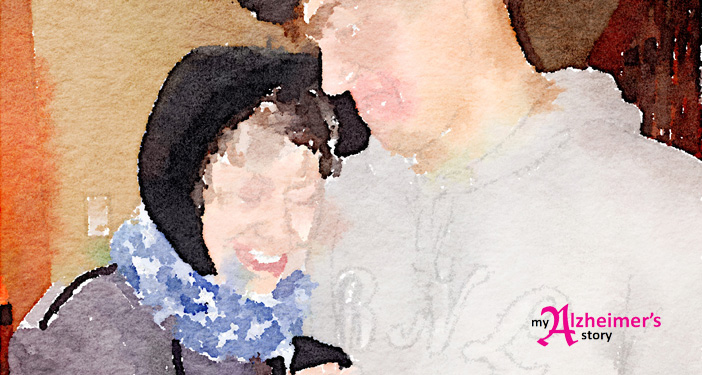This is one in a series of vignettes based on the Nursing Home Behaviour Problem Scale (NHBPS), which is used to measure agitation in people who live with dementia. The vignettes are told from the point of view and in the voice of a fictional character called Annie, a woman in her mid-eighties who lives with dementia of the Alzheimer’s type in the mid- to later-stages of the disease. Annie resides in a long-term care facility somewhere in Canada. This vignette is called “what a shame.” There’s a link to all the vignettes at the end of the post.
what a shame
I have to go to the bathroom. I’m desperate. I really need to go.
I walk down the hall looking for the ladies’ room, but I can’t find it. What a strange hotel. It doesn’t have any toilets. The doors to the rooms are open, but most of them have stop signs in front of them. I guess I’m not allowed to go in, but I’m not sure. I’m not sure. What an odd place. Here’s a room with no stop sign, there’s an old lady inside; I’ll ask her. The old lady is in a chair. The chair is tilted back. She has a blanket across her legs. When I walk in, she leans forward, and stretches her arms out to me like she wants something.
“I have to go to the bathroom,” I say. “Do you know where the toilet is?”
Ahhhhhhh ahhhhhhh ahhhhhhh,” she says. I don’t understand what she’s saying. It looks like she’s trying to get out of the chair. But she can’t. Maybe she needs help too. Maybe she can’t hear me. I walk closer.
“I have to go to the powder room. Do you know where it is?” I repeat a little louder in case she’s deaf.
Ahhhhhhh ahhhhhhh ahhhhhhh,” she says again as she takes hold of my wrist. Her fingers are bony; her grip is light. Old ladies aren’t strong. The poor thing. I wish I could help her, but I can’t. I have to find a bathroom. I feel wetness between my legs. I put my hand there, and press it into my body. I walk knock-kneed out of the room, my inner thighs rubbing together. The hall is empty.
I can’t wait. I can’t. I’m going to pee my pants. I’m going to pee my pants. Oh no. Oh dear. Quickly now. Undo the button. Pull the zipper down. Pull the pants down. Quick. The pee is already coming. Squat. Put your hands down so you don’t fall over.
Dark yellow liquid gushes from me onto the floor. Relief. A sunny puddle spreads on the white linoleum. It surrounds my shoes. Move your hands! Move your hands!
“Annie! What are you doing?” A young woman is walking down the hall toward me. “What are you doing Annie?”
My hands are wet. My cheeks are hot. I can’t stand up. “I had to go to the bathroom.”
“I see that,” the young woman says. “But why are you doing it on the floor? You have to go to the toilet when you need to pee.”
I know. I know. I couldn’t wait. I couldn’t wait. She helps me stand up; she pulls up my underwear and pants. The puddle is still spreading. I feel sick.
“My hands are wet,” I say.
“C’mon, let’s get you cleaned up. And next time, when you need to pee, go to the bathroom, okay dear?”
“Okay,” I say. “Okay.”
- “Goes to the bathroom in inappropriate places (not incontinence)” is #11 on the NHBPS
More
- Click here for more vignettes.
- Take a three-minute survey to see how you might behave under similar circumstances here.
- Subscribe to my free updates here.
©2016 Susan Macaulay / MyAlzheimersStory.com
Image copyright: hikpic / 123RF Stock Photo














